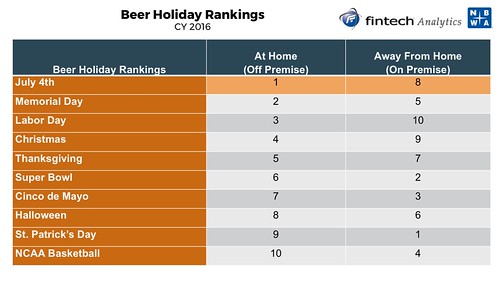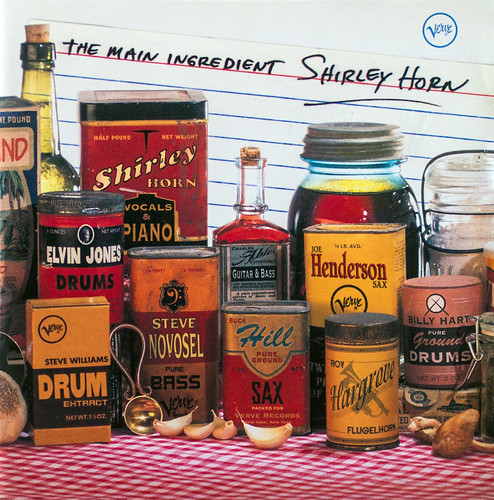Here, for New Year's Eve 2017, is WWII's Vera Lynn —now Dame Vera Lynn and still releasing recordings at 100— singing her hit We'll Meet Again (as reprised by Stanley Kubrick at the conclusion of his 1964 film classic, "Dr. Strangelove Or: How I Learned To Stop Worrying And Love").
We'll meet again,Don't know where, don't know when,But I know we'll meet again, some sunny day.
Keep smiling through,Just like you always do,Till the blue skies drive the dark clouds far away.And, will you please say hello,To the folks that I know.Tell them that I won't be long.They'll be happy to know that, as you saw me go,I was singing this song.We'll meet again,Don't know where, don't know when,But I know we'll meet again, some sunny day.Keep smiling through,Just like you always do,Till the blue skies drive the dark clouds far away.So, will you please say helloTo the folks that I know,Tell them I won't be long,They'll be happy to know that as you saw me go,I was singing this song.We'll meet again,Don't know where, don't know when.But I know we'll meet again, some sunny day.
And, so, to close the year, I wish you appreciation for those loved and lost; felicitations for good health, good luck, and good fermentables; and gratitude for your perusal of this little blog. Next year, Ninkasi willing, may we meet again.
-----more-----




























